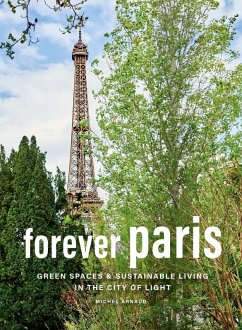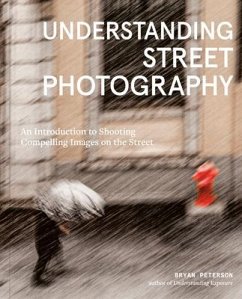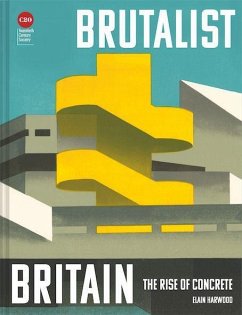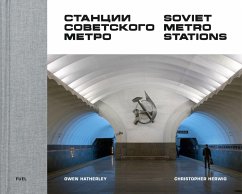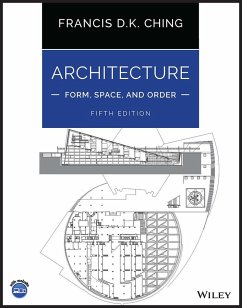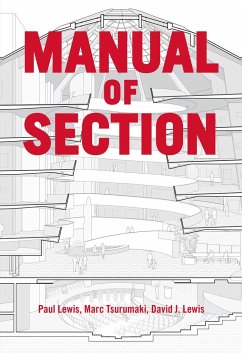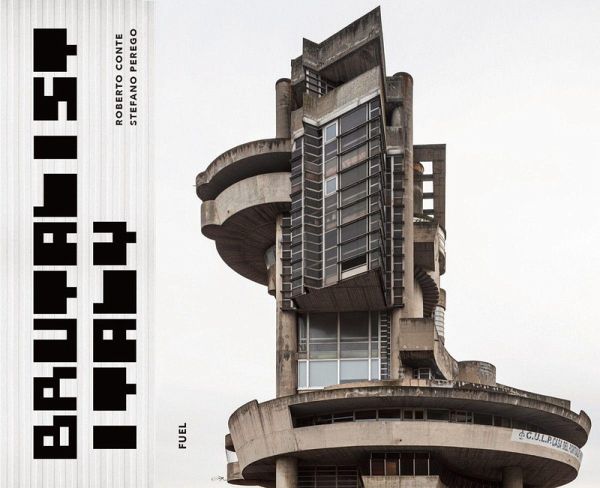
Brutalist Italy
Concrete architecture from the Alps to the Mediterranean Sea
Herausgeber: Murray, Damon; Sorrell, Stephen
Versandkostenfrei!
Nachauflage / -produktion in Vorbereitung.
27,93 €
inkl. MwSt.
Containing over 140 exclusive photographs - ranging from private homes to football stadia - across every region of the country, Brutalist Italy is the first publication to focus entirely on this subject. Best books of 2023 (Architecture and Design) - Financial Times 'Brutalist Italian architecture enthusiasts and concrete completists will be spoilt for choice by Roberto Conte and Stefano Perego's pictorial tour.' - Wallpaper* What makes Italian Brutalist buildings different to their counterparts in other countries? Containing over 140 exclusive photographs - ranging from private homes to churc...
Containing over 140 exclusive photographs - ranging from private homes to football stadia - across every region of the country, Brutalist Italy is the first publication to focus entirely on this subject. Best books of 2023 (Architecture and Design) - Financial Times 'Brutalist Italian architecture enthusiasts and concrete completists will be spoilt for choice by Roberto Conte and Stefano Perego's pictorial tour.' - Wallpaper* What makes Italian Brutalist buildings different to their counterparts in other countries? Containing over 140 exclusive photographs - ranging from private homes to churches and cemeteries via football stadia - across every region of the country, Brutalist Italy is the first publication to focus entirely on this subject. Architectural photographers Roberto Conte and Stefano Perego (authors of Soviet Asia) have spent the past five years travelling over 20,000 kilometres documenting the monumental concrete structures of their native country. Brutalism - with its minimalist aesthetic, favouring raw materials and structural elements over decorative design - has a complex relationship with Italian history. After World War II, Italian architects were keen to distance themselves from fascism, without rejecting the architectural modernism that had flourished during that era. They developed a form of contemporary architecture that engaged with traditional methods and materials, drawing on uncontaminated historical references. This plurality of pasts assimilated into new constructions is a recurring feature of the country's Brutalist buildings, imparting to them a unique identity. From the imposing social housing of Le Vele di Scampia to the celestial Our Lady of Tears Sanctuary, Syracuse - Brutalist Italy collects the most compelling examples of this extraordinary architecture for the first time in a single volume. The book is dual language, with texts in both English and Italian.






